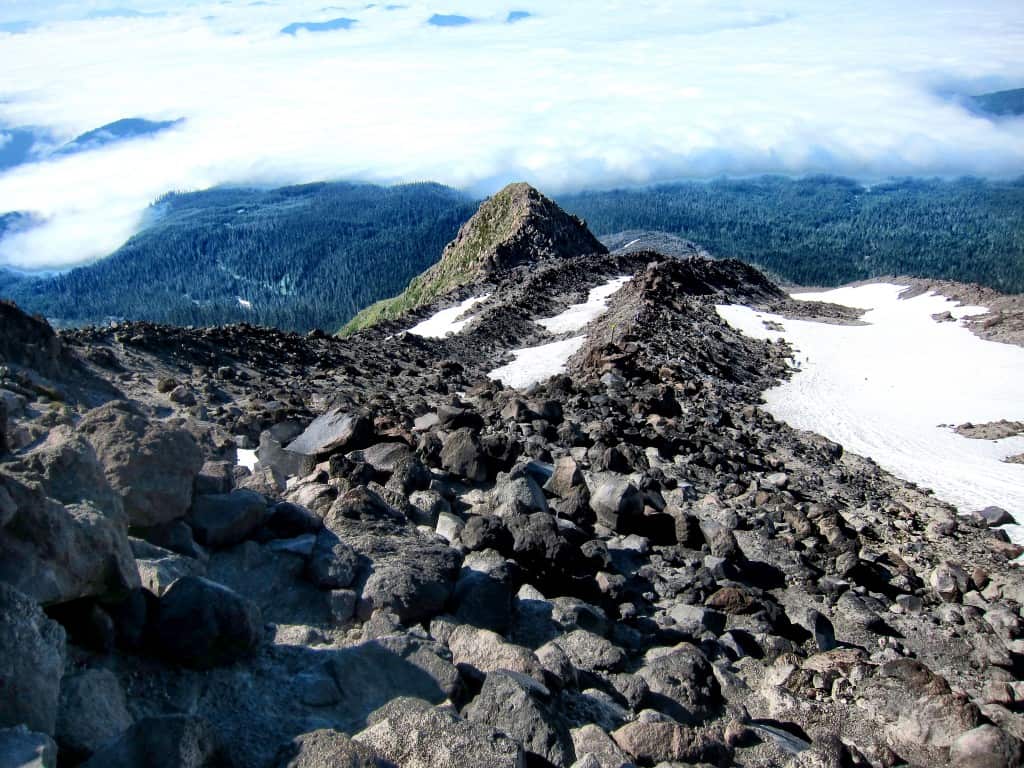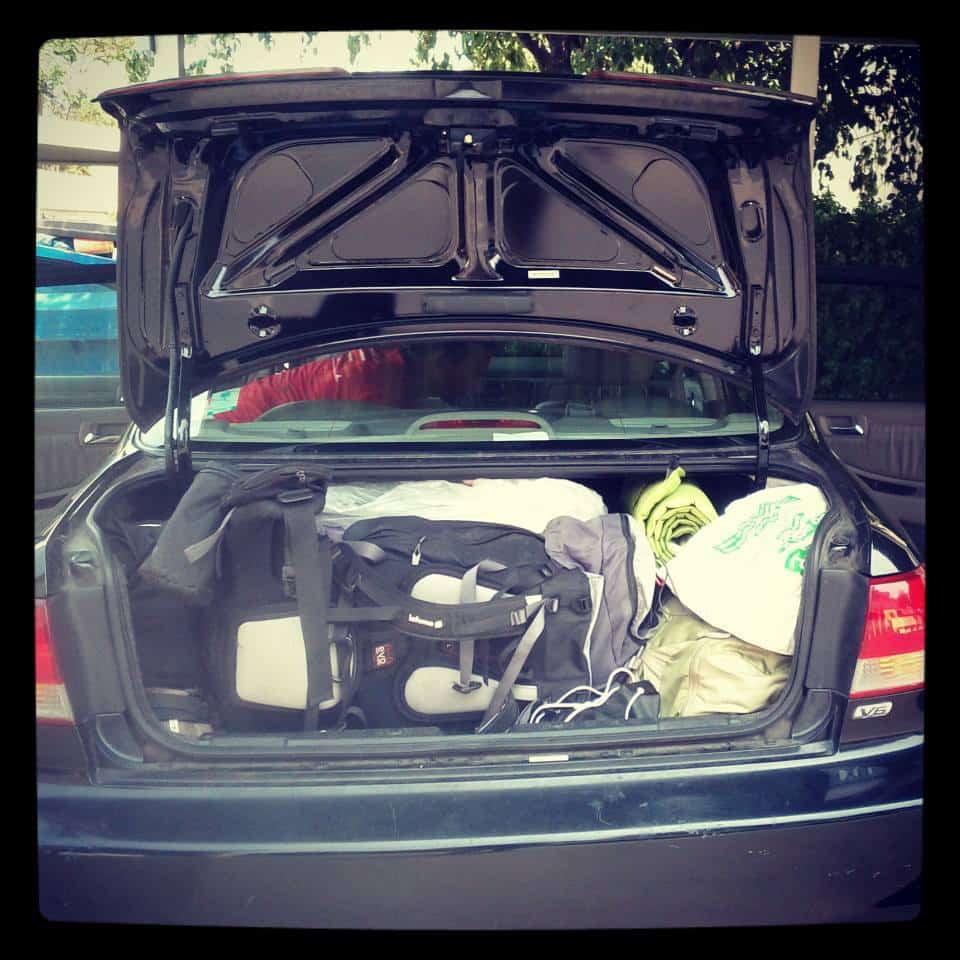I have been receiving lot of questions on how to plan a “National Parks” trip in the US. I figured I will write a post to answer some of the questions.
Why National Parks ?
What kind of a question is this ?! Aren’t they the best part of visiting this country ? With 59 National parks (as of December 2014), choose the type of landscape you want to admire. From snow capped mountains to dry desert, there are variety of parks to please a nature lover.
Latest information about the parks are available at National Parks Service (NPS) website : http://www.nps.gov/findapark/index.htm
Which park to go and when ?
Most of the parks, you can go pretty much anytime. However, North western parks such as Glacier National Park, Yosemite, Sequoia/Kings Canyon, might have road/trail closures due to snow conditions. Just check the NPS website for accurate info.
For example, Sequoia/Kings Canyon during Thanksgiving is supposed to have snow and some trails were not supposed to be open. When, I called the park ranger (find the phone number at NPS website) 3-4 days before, I came to know that many day-hike trails were wide open.
How long do I need for a park ?
This is a very subjective topic. You can spend a day at a park and be bored (in my case, it happened at Joshua Tree and Congaree NP).
But for most of the parks one day won’t do any justice. Parks like Glacier NP, Grand Tetons, I can spend 10-days and still not feel bored.
So, do it based on your desire, number of days available etc.,
Or do what we did. We had an open itinerary. We would go to a park, spend a few days and when we felt we had enough of the park, just move on to the next park.
As a general rule, I would say a minimum of two days per park.
How to book campsites ?
This is a tricky situation. In July 2013, we went to some of the most famous parks. Except for two parks (Glacier NP, Yellowstone) , we just walked into the camp ground and grabbed a site. Most of the parks do have walk-in campsites.
If you don’t like uncertainty, check NPS website for campsites and see which ones allow pre-booking and reserve through recreation.gov .
But, if you are like us and don’t mind last minute changes, go to walk-in sites.
Situation at Glacier NP : Two nights in a row, we didn’t get campsites. One night it was 11PM by the time we reached the campground and absolutely nothing was available. We took a chance and drove around the ground looking for someone, who might be staying up. There was one young couple playing cards. We requested them to share the campsite for the night.
The rangers don’t like sharing, and strictly don’t allow it, if you ask their permission. So, just directly approach someone who you think might help and just ask.
Next day morning, I left half the cost for the campsite on the picnic table with a thank-you note. They were still snoring happily when we left.
2nd Day at Glacier NP: It was on the Iceberg lake area. At 8AM all sites were full. Again we drove around and I asked an older gentleman, who was playing guitar all by himself at a site. And he was very welcoming and even invited us to join his music party at the park.
Yellowstone: We reached the park on a Friday evening in the peak season. Absolutely no spots and the rangers didn’t even let us into the campground when we told them that we are here looking for a site.
So, we drove outside the park and found a private campground like 3-miles outside, for the same price and wifi.
Yes, this is when having a GPS or a smart phone with data helps. You can look up private campgrounds.
However, in some places like Rocky Mountains National park, high altitude sites had to be booked ahead.
Basically, I would decide whether to book ahead or not, based on the season, location, day of the week (weekends are busier) and call the ranger office to inquire.
If you are big group, yes, plan ahead and reserve a site.
Keep cash with you to pay for campsites. (Some parks do take credit card details and charge you later.)
How to plan which trails to hike ?
Day Hike:
Stop by at visitor center and ask for suggestions. They usually suggest good hikes based on the distance/hours of your choice. Also suggestions for hikes with kids.
Multi-day hike/backpacking trip:
If you are going to a park for a backpacking trip, then you have done your research to know how much food to take, and where to camp.
Some parks allow free back country camping (like Redwood NP) but others require permit. Again, check NPS website or Call the park.
What is a back country campsite ? – It’s usually deep into the park with no water source/toilet facility.
How to manage food/water ?
For someone who is driving to NP and will park the car at the campsite, food is easy to manage. You buy grocery on the way to the park, and keep it in the trunk. May be even take a cooler with you.
I usually carry zip lock covers with instant coffee, sugar, salt, some candies, snack bars, etc.,
If you are doing a road trip, especially in the west coast, you can grab fresh fruits on the way from local farms for snacking.
But, if you are backpacking for multiple days, you have to plan accordingly. (This post is not meant for backpacking trip.)
Read our Patagonia backpacking trip post for more details on how we managed food. – (Yet to be published)
Our signature National Parks vegetarian wrap:
– Tortilla
– Hummus spread
– Avacado
– Tomatoes
– Cucubers
– pickle if we have access to it
Basically, spread hummus on tortilla and cut slices of veggies to make your own wrap. Yes, we ate that for a month for both lunch and dinner in July 2013.
WATER – Take plenty of water with you. Hydration is a serious business. You can fill water at campsites or visitor centers. Bladder bag works for me. I try to keep at least 3 liters for a day hike and I drink a lot of water.
You are not into camping ?
No problem, lot of parks have cabins to rent inside the park and right outside. But, I wouldn’t recommend winging it. You better book ahead of time to get a better price.
Some parks such as Glacier NP, Yosemite, Arches NP have hostels close by too. (Read our posts for our experience with hostels.)
Gear needed for camping ?
Everybody is different. Some prefer a simple tent from walmart (not sure if they are rain proof) and others would buy a house like tents and even bring air-mattress.
We use a 3-season tent that has a rain fly. It works like a charm in most of the situations. We are taking it to Patagonia too.
Of course you need a sleeping pad and sleeping bag. As far as sleeping bag goes, I invested in a Zero-degree as we camp often. It’s worth it if you use it often enough.
Plus, I sleep very cold. I need layers at night.
Gear needed for hikes ?
Refer to my list of gears here: http://indinomads.com/prepare-kilimanjaro/
You may not these gears. Especially the expensive ones. But if you intend to hike often, you won’t regret having a good collection.
Shower situation:
The longest I have gone without showering, in National Parks in the US, was 5 days.
Lot of parks have coin showers. If not, take some wet towels with you.
Toilet situation:
Most campsites will have flush toilets. Not the back country campsites however.
But, always carry a roll of toilet tissue with you.
Transportation to the park and within the park :
I am yet to come across a park that is easy to access without car/shuttle. Rent a car, or drive your own.
Is solo travel possible ?
Yes, it is.
But, if you are not used to it, try joining a meetup group or your local outdoor club for organized trips.
How to take care of yourself from local fauna ?
Bear, Bear, Bear and Bear !!!
Follow the guidelines for food storage strictly. Read this article if you are new to camping: http://fwp.mt.gov/mtoutdoors/HTML/articles/2011/BearProofCamping.htm#.VJH0dSvF-kE
How to save money on NP trip ?
Get yearly $80 pass that covers all National parks, Monuments and some reserves. Paying individual entrance fee will add up quickly.
Also, if you can combine a few parks together, you can save on gas/flight etc.,
How to pack clothes for a camping trip ?
Layers, Layers and Layers…..I have described layers I use at http://indinomads.com/prepare-kilimanjaro/
Instead of taking one big jacket, always pack in layers that you can add or subtract depending on the weather.
————————————————————————————————————————–
If you have any more questions, please let me know. I can add them here.
Or if you had a different experience than what I have described above, feel free to share.
————————————————————————————————————————–








